-

In this edition of Frame Spotting we take a look at the model history of the BMW S1000RR through the years, from prototype race bike in 2008 up to the current 2023 M1000RR hyper-sports weapon…
Read More
-

The team at MCN created a list of iconic bikes they’d love to own in their ‘Dream Garage’. Read about the final 12 bikes selected and displayed at Motorcycle Live and why they were chosen…
Read More
-

It’s mad to think that Yamaha’s nutter 600, the YZF-R6 is knocking on 25 years old. And to celebrate, we’re taking you through every major upgrade it’s had, from the original in 5EB (1999) through to today's BN6 (2017)...
Read More
-

This is the first Gen 3 Hayabusa in the world that’s been supercharged, and to date, the only one. Created by TTS Performance based in Silverstone, it was visualised by Kar Lee of Kardesign…
Read More
-

An idiot’s guide to the main factors in frame, steering and chassis design. Read this, and you’ll be as happy chatting about rake, trail, wheelbase and fork offset, as you are about midrange grunt…
Read More
-

In the latest instalment of BeMoto Multibike Garages we chat to Griz from YouTube channel Garages Sixth Gear Motorcycles and are shocked by which of his motorcycle collection would be first to go…
Read More
-

Long live the B-King. Over 20 years ago, Suzuki teased us with a naked, supercharged Busa-powered naked concept bike. In 2007 the concept became production, minus the ‘charger. Still, it’s a lot of bike for the money and so this week we look at this future classic.
Read More
-

Each Wednesday Scottie Redmond shows us what’s on his ebay watchlist and this week he’s dreaming of a bike that is so fast he can hopefully go back in time.
Read More
-

BeMoto customer Richy Vida, of of Youtube fame, is half biker, half musician and all round nice guy... We hear about his adventures and find out more about his multi bike collection right here...
Read More
-
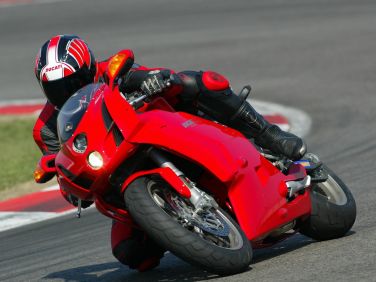
The Ducati 749 Series is a triple threat of unique, powerful and refined machines. We visit each model and focus on the extremely rare 749R that still holds its original RRP!
Read More
-

Back in 1999, Suzuki’s Hayabusa launched into a world of high-speed behemoths like the Super Blackbird and the ZZ-R1100. Sports bikes ruled and 173bhp seemed like more power than any human could handle. But a lot’s gone on in 22 years since...
Read More
-
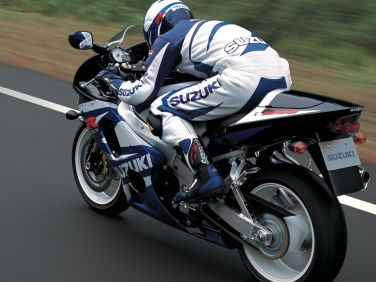
Time flies when you’re having fun on 1,000cc sportsbikes. Even so, it’s hard to believe the GSX-R1000 is twenty years old this year. Yep, it’s two decades since Suzuki finally gave its legendary GSX-R750 superbike the capacity boost it deserved...
Read More
-
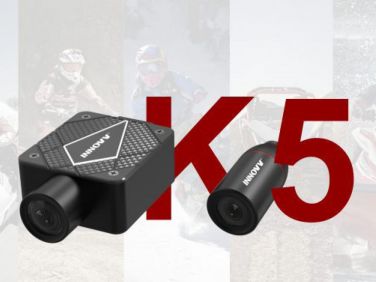
The Innovv K5 camera launched earlier this month and we have a first look at the world's first 4K bike dash camera. First impressions are great, and even better, we have a discount code for you!
Read More
-
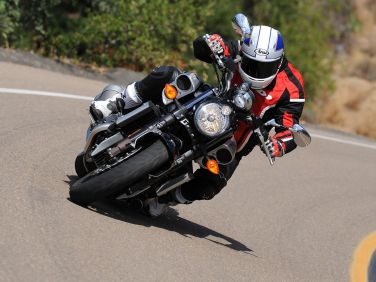
The Yamaha VMAX cruiser brought 8 years of joy for bikers that experienced the tarmac strangling torque horse. Our Future Classics series is blessed by this steed that was a contrast to the "original" 1985 VMX1200. Find out why...
Read More
-
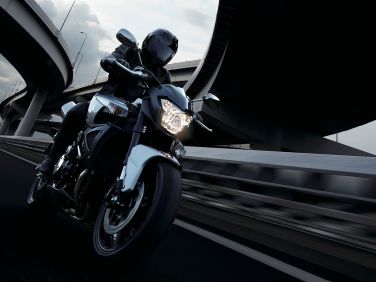
Originally a concept in 2000, the Suzuki B-King finally came to market in 2007. The financial crisis of 2008 stunted the growth of this super streetfighter which powered by the engine of a Hayabusa. Nonetheless, we think the super powerful naked bike had all the hallmarks of something special...
Read More
-
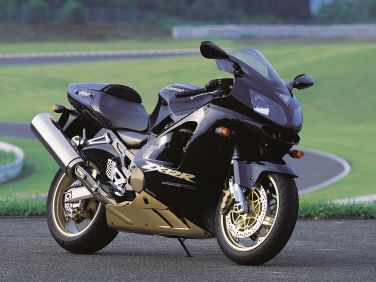
Manufactured between 2000 and 2006 the Kawasaki ZX-12R Ninja was the most powerful production motorcycle. It was specifically built to rival the Suzuki Hayabusa. Overtaken by the ZX-14, this stunning beast is one of our prime contenders for a future classic. Find out why...
Read More
-
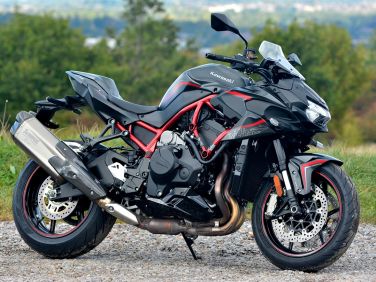
Seven years on from the game changing Ninja H2, the only other charged bikes we’ve had are the H2 SX supertourer – a great bike, but few obvious benefits over the ZZR1400 it replaced – and now, the Z H2 supernaked, with a 197bhp variant of the supercharged motor and a radical insectoid styling package. Alan Dowds take one for a spin...
Read More
-
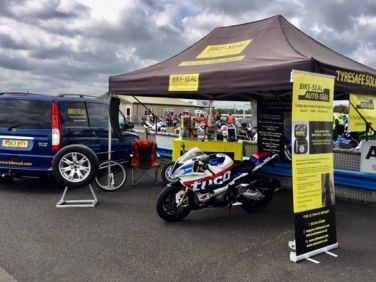
Most of us know what a pain it is to get a puncture – the time, the agony, the expense. Well what if you could dramatically reduce the risk of a flat? Bike-Seal is a simple solution but with an impressive technical C.V.
Read More
-
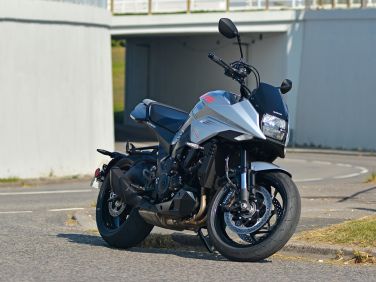
The Suzuki Katana is an iconic motorcycle that has been at the epicentre of the motorcycle world since the 1980's. Designed in 1979, then sold between 1981 and 2006 it belonged to many an enthusiast before being put to bed and reincarnated in 2019. This is the 2020 model and you can find out more here...
Read More
-
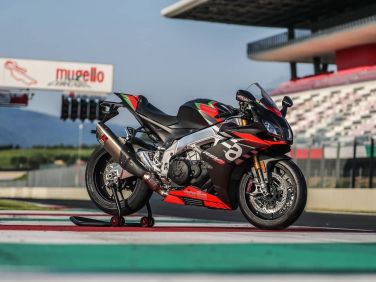
The Aprilia RSV4 1100 Factory is no doubt at the top of its game when it comes to the premier superbikes in the market. Alan Dowds gets a day on track to see if he is able to tame this beast with the new bells and whistles for 2020. The outcome? You'll have to read more...
Read More
-
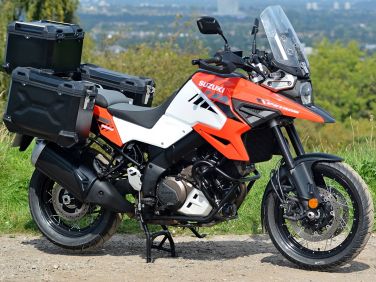
Looking for a big bore on a budget? Looking for some adventure without the premium price tag? Alan Dowds takes the 202 Suzuki V-Strom 1050 XT for a spin and the results are surprising...
Read More
-
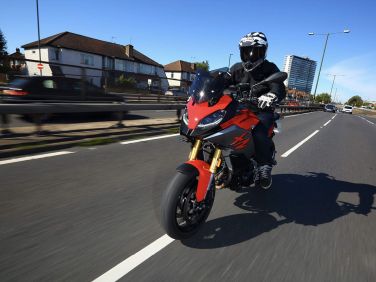
Looking for a bike that is handsome, half-faired, sort-of-adventure-lite styling? Something solid with the build quality, technology and gadgetry that no-one does better than BMW?? This could well be the commuter motorbike for you...
Read More
-

In Part Two of our look at motorcycle engines Alan Dowds takes a look at the big, serious world of multi-cylinder lumps, from four up to eight. Of these engines we again look at which of them are awesome, and which run like a bag of spanners!
Read More
-
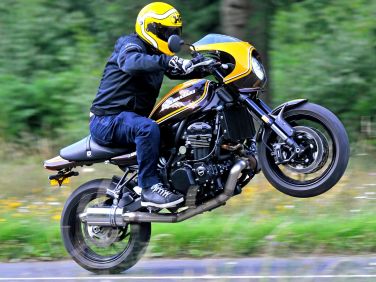
Kawasaki’s Z900 RS Cafe is a good-looking retro roadster. But the crazy guys at Big CC Racing have given their Zed an extra 100bhp – doubling its output with a neat turbocharger install. At BeMoto we got our hands on it and had a decent bit of fun!
Read More
-

There are a few names which have carved out a proper niche in the bike world. Kawasaki’s Ninja, Honda’s Fireblade, BMW’s GS – they’ve all become legendary marques, standing for top performance in their respective areas. Yamaha’s Ténéré is another one of these renowned monikers.
Read More
-
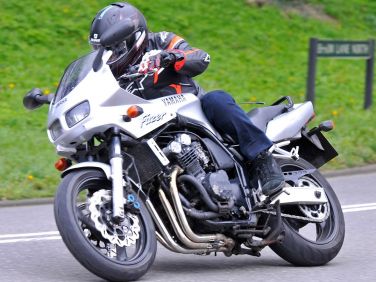
Alan 'Dowdsy' Dowds has been a bike journalist for 25 years, he gets to borrow the latest and greatest bikes from all the big manufacturers, but what bikes does he actually own in his multi-bike garage...
Read More
-
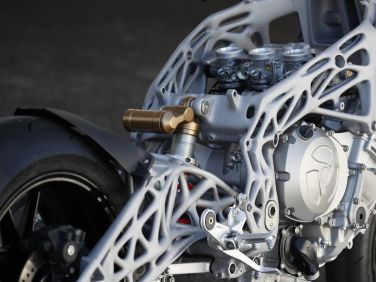
In 2020 we’ve got supercharged engines, electric suspension, wheelie control, carbon wheels, aerodynamic wings and 220bhp litre-class road bikes! But if you’d showed me that list 20 years ago, I’d have been a teeny bit disappointed...
Read More
-
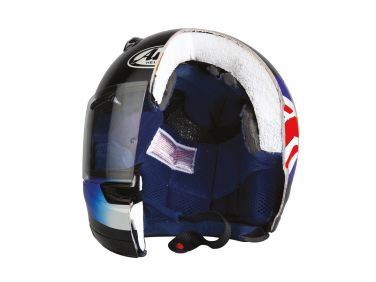
A bike helmet is the most important bit of safety kit a rider has – it’s also the only one which needs to be worn by law. And now, the organisation behind safety regulations for helmets is updating its rules to keep riders even safer...
Read More
-

Welding – dull industrial process or pure metal art? We have a look at the tech and science behind properly joining up bits of metal – and see how it’s applied to make an exhaust can for our Yamaha MT-10...
Read More
-
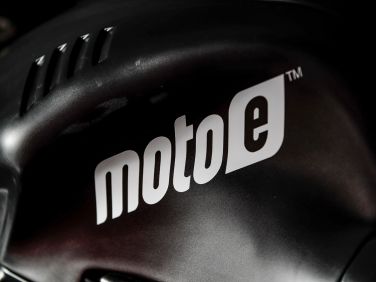
MotoE has just finished its first season of racing as a MotoGP support series. Our man Alan Dowds got a spin on a MotoE Ego Corsa Electric Race Bike at Valencia – here’s what he reckoned…
Read More
-

We look at how the best calipers, discs and pads in the business are made. So the next time you haul on the lever to avoid one of those U-turning taxis or steamed-up school-run Range Rovers, be grateful for the good folk who’ve helped you stop in time…
Read More
-

Power is, as they say, nothing without control. And that’s never been more true than nowadays in the litre-class superbike sector, making more than 200bhp. And for 2019, Aprilia’s joined the band with a new RSV4 1100 Factory...
Read More
-
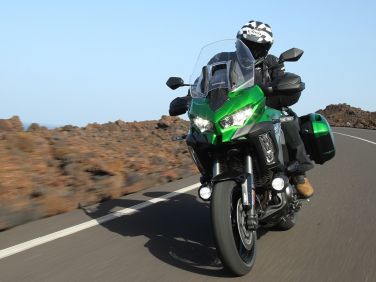
Kawasaki’s pulled out all the stops for its top-spec adventure tourer. The PR blurb speaks of taking on ‘any road’, which is fair enough. But unlike, say, the Africa Twin, or the R1250 GS Adventure, the Versys isn’t really intended for serious off road use...
Read More
-
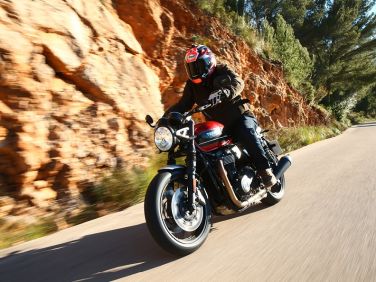
The Triumph modern classic range has been a big success, including the Bonneville, Bobber, Thruxton, Street Twin and Street Scramblers. All offer good looks, sound performance and heritage. And now we’ve got another entry in the class for 2019 – the Speed Twin...
Read More
-
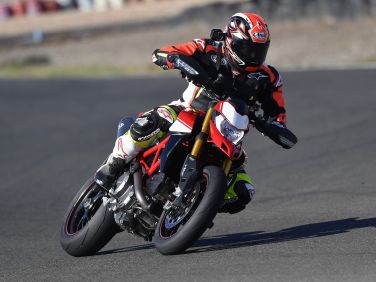
I STILL remember seeing my first Supermoto... It was a Kawasaki KX500. Fast forward 25 years, and here I am, in Gran Canaria, about to ride the latest version of Ducati’s Hypermotard - a thug in gentlemans clothing...
Read More
-
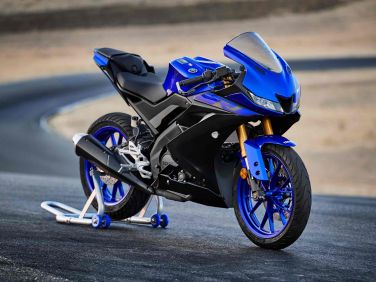
We love riding (almost!) all bikes, (almost!) all the time. But an artificially-strangled small-bore engine is always going to put a bit of a dampener on proceedings. Would that be the case with this new 2019 Yamaha YZF-R125?
Read More
-

The Daytona 675R shuffled off last year, leaving a big flagship-shaped hole in Triumph's range. And here, arguably, is what fills that gap. The new Tiger 1200 is the priciest, most powerful, most high-tech Triumph and it's had a radical makeover...
Read More
-
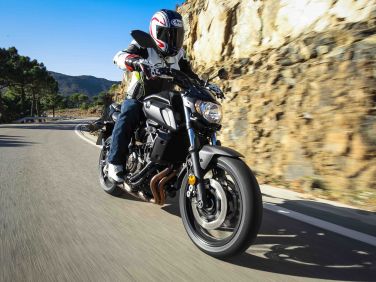
Launched four years ago on the crest of Yamaha's new wave of sweet roadsters, the MT-07 was, on the face of it, a middle-of-the-road budget naked, with decent specs on paper and attractive styling. The script has turned out slightly different though...
Read More
-

Ducati's done exactly what they said they wanted to do – make a big four that feels like a twin low-down, yet also batters you to hell with its screaming top end rush and power delivery more akin to a turbo bike than anything normally aspirated…
Read More
-

Exclusive video from the 2017 EICMA show in Milan - Close up video of the all new 2018 Ducati Panigale V4 Speciale including naked frame and internals behind the fairings and digital dashboard.
Read More
-
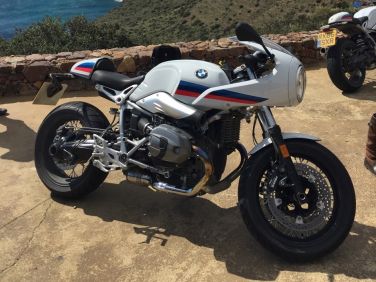
With its ice-white paint, BMW Motorsport coachlines and retro-race style, the RnineT really caught the imagination of UK bikers. Under that beautiful exterior though, the Racer is also a bit of a beast...
Read More
-
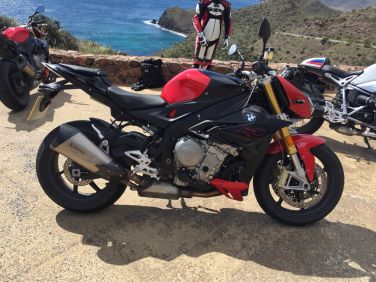
Remember the 'streetfighter' craze of the late 1980s? Fast forward 30 years, and the 'streetfighter' is an established factory class, the supernaked. BMW's version, the S1000R, is firmly in the crackers category...
Read More
-
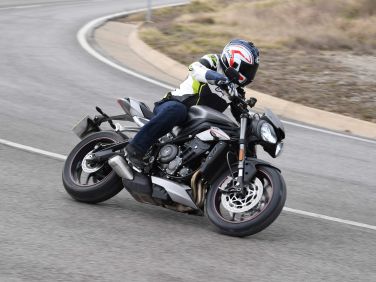
When I was a kid, 'Buy British' was a genuine thing. And with the pound in the shitter, maybe we'll all be shopping for stuff with Union Flags on the labels again soon. Buying British has been a decent option for a long time now, but in this naked middleweight sector, it could well be the best option of all…
Read More
-
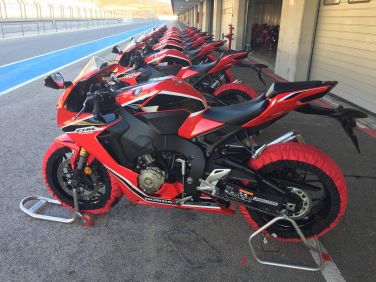
Honda's hitting back in the litre superbike class, with a brand-new Fireblade for 2017. Honda launched the bike at the Portimao circuit in Portugal last week and our man Alan Dowds was there – here's what he thinks to the new bike…
Read More
-

it’s the time of year when many motorcyclists will be looking forward to getting on their bikes a lot more, whether to beat the traffic to get into work or leisure rides at the weekends. However according to new breakdown figures from the RAC it’s also an important time of year for bike maintenance...
Read More
-
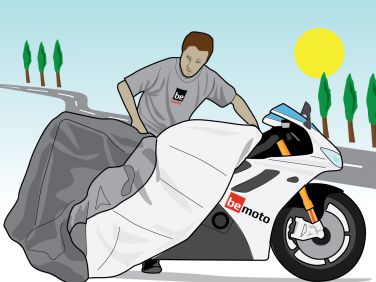
The mercury's finally crept out of the little bulb at the bottom of the themometer and the price of a trackday at Brands Hatch has risen above £80 for the first time in six months. Yes! It's almost the start of the riding season...
Read More
-
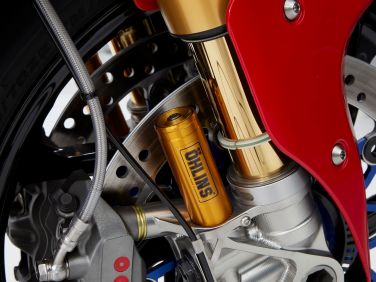
Every few years, there has to be some new bike tech for us to get excited about. It's been the same since forever. Some of these leaps forward are genuinely great, and have changed biking. Some – not so much. So what category are gas forks in?
Read More
-

The first Suzuki Hayabusa hit 194mph; a good 10-15mph faster than its rival the Honda CBR 1100 Blackbird. Interestingly, the name Hayabusa is Japanese for ‘peregrine falcon’ a bird that preys on blackbirds!
Read More
-
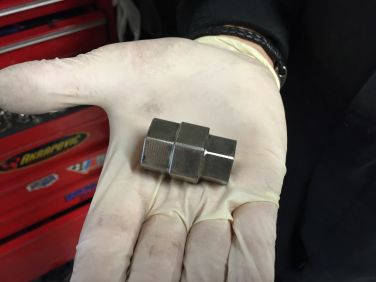
In our dreams our garages are full-on WSB-spec palaces, with wall-to-wall Snap-On tools, and all the Motul products we can eat. But like most folk, we have a selection of 'must-have' little helper tools. Usually nothing fancy, but they get us out of a hole on a regular basis...
Read More
-
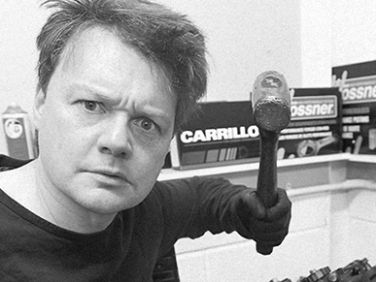
With stints on MCN, RiDE and over a decade on Superbike magazine as the deputy editor, Dowdsy has been a freelance bike journalist for the last six years...
Read More
-
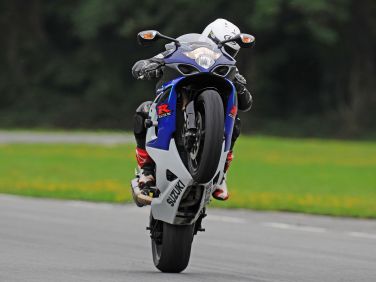
Yeah, yeah, we know what the grown-ups say. Wheelies: they're not big and they're not clever. Anyway. Done properly (on a closed road or track naturally), wheelies are a very fine test of a bike's performance...
Read More
-
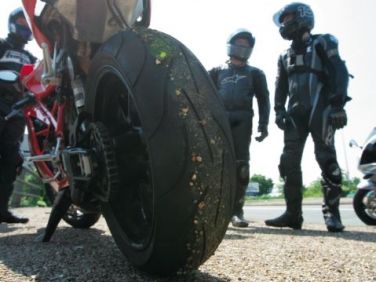
Putting together a magazine group test can be a hilarious minefield, especially if it involves taking a load of bikes abroad…
Read More
-
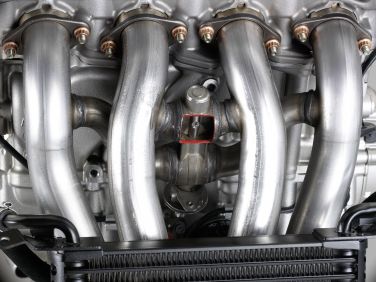
The connection between ‘man-made’ CO2 and global warming is, depending on who you believe, incontrovertible, tenuous or a fallacy. Either way it’s worth taking seriously, in a sort of green Pascal’s wager, because we’ve nothing to lose by accepting it and a whole planet to lose if we don’t...
Read More
-

Congratulations! You're the millionth customer at the local multi-franchise mega-bike-dealer! And so you've picked up a very special prize! Yep, you're going on an actual bike press launch. Wooh! So what can you expect?
Read More
-
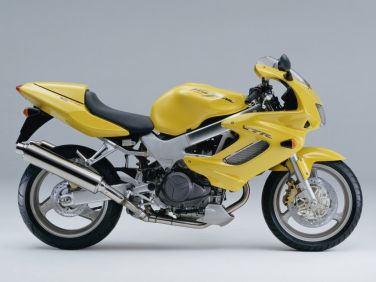
I remember when I first rode one of these – it was back in 1997, it had a set of cheap, loud cans on it, and it went like hell. A hundred and seventy appeared on the clocks in no time, totally belying the rather unassuming appearance of the little Honda...
Read More
-

Back in the 90s and 00s, it wasn't unusual to see motors being updated every couple of years. So it's a sign of just how good Yamaha made the original FJ1100 motor back in 1984, that it's still going strong today, in the naked XJR1300. That's more than 32 years with essentially the same layout...
Read More
-
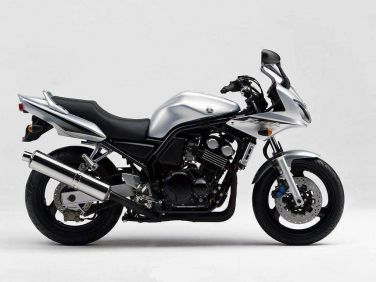
The 1990s was a cracking decade for superbikes. We got Ducati's 916, Honda's FireBlade and NR750, Suzuki's GSX-R750 and Hayabusa, and Yamaha's R1 and R6. Stonking sportsbikes all! But we also got some classic metal in the lower classes too...
Read More
-
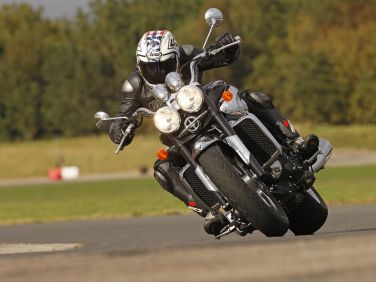
Bikes go round corners because the rider is balancing a large number of physical forces to a high degree of accuracy – at least, accurately enough not to crash, hopefully. To explain further may break the internet or your attention span. But here goes...
Read More
-
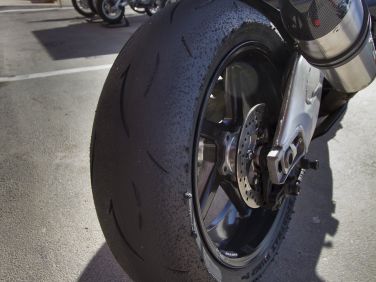
At a superficial level, tyres wear out because otherwise tyre manufacturers wouldn’t sell as many. But the physical reason a tyre wears out is because it grips. Or sticks. Well, both. There IS a difference...
Read More
-
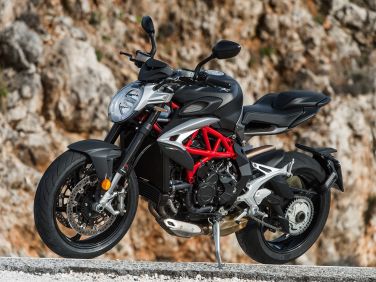
While it's not going to be troubling Honda or Yamaha anytime soon, the Varese firm is looking to extend its proposition out and up from the 'Italian hyper-exotica' ghetto with this Brutal 800...
Read More
-

The original Scrambler, launched in late 2014, was a middleweight 803cc roadster, with a basic chassis and moderate engine performance, plus a huge truckload of accessories, merchandise and annoyingly-upbeat advertising campaigns...
Read More
-
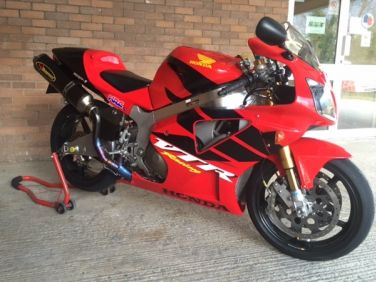
Bought in 2003, Lyndon has been slowly bringing the bike up to date with carefully selected modifications, starting with an Ohlins steering damper then snowballing from there – he’s a self-confessed SP-1 obsessive. “I collect anything SP-1 related and have a collection of stuff including a laser-etched paperweight"...
Read More
-

People often assume engine designers must get frustrated by being asked to make their engines super-efficient or super-powerful, then told to plug them up with a catalytic converter, and make them whisper-quiet too. But that’s a misunderstanding of what an engine designer does...
Read More
-
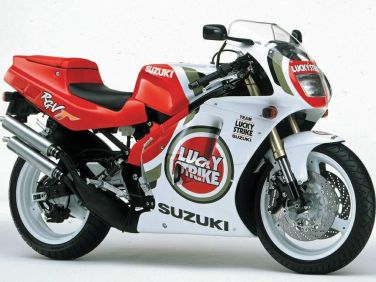
It looked like nothing less than a road-legal 250GP machine, with upside-down forks, enormous gull-arm swingarm, huge expansion chambers and dual-stinger silencers. A full fairing yelled out the Suzuki engineers' plan – "Made with the Grand Prix spirit", no less...
Read More
-
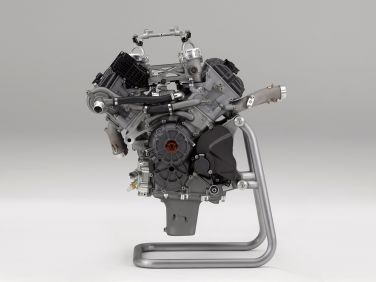
Soichiro Honda himself declared it the perfect engine for powering a motorbike (he hated two-strokes and famously compared the engine to a bamboo rod with holes in). But the reason the V4 came to be Honda’s favoured engine has a more practical origin...
Read More


